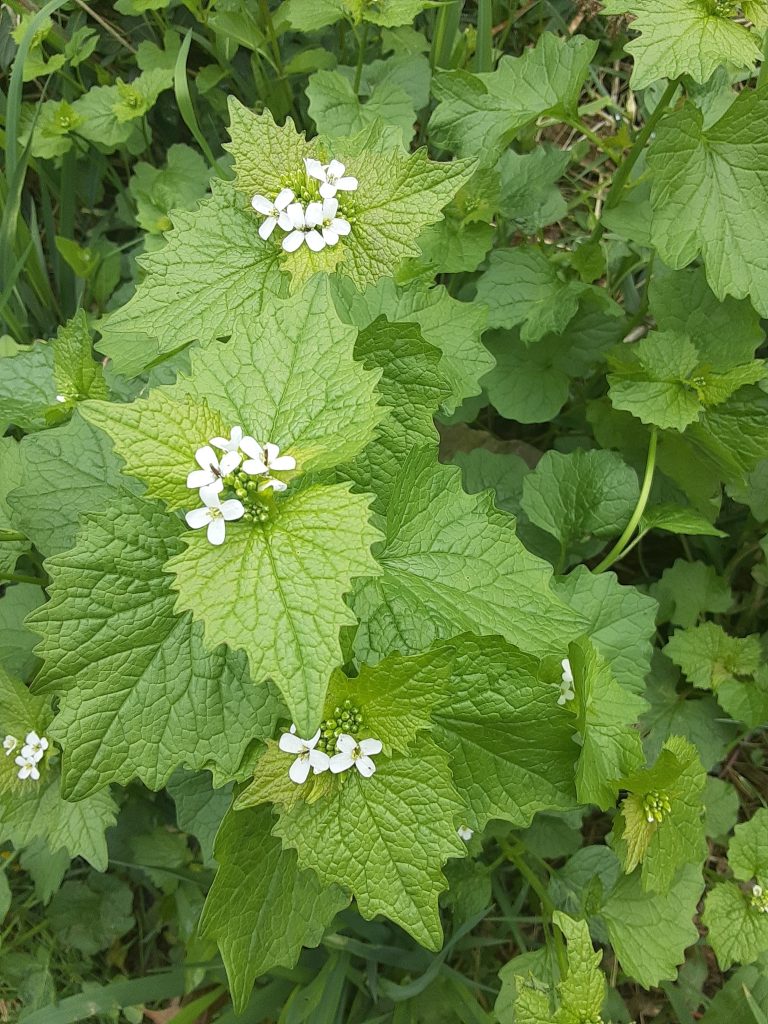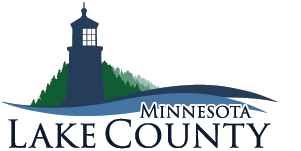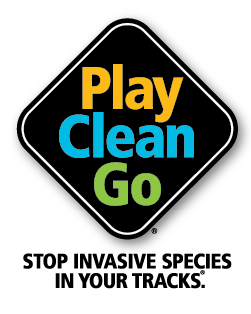Terrestrial Invasive Species
Terrestrial invasive species are non-native plants that have the capacity to invade our native ecosystems and outcompete and replace native trees, shrubs, and wildflowers. They do not offer the same the ecological benefits as our many native species, and therefore as invasive species increase on the landscape, our native plant and animal populations decrease.
Lake County Soil and Water Conservation District (Lake County SWCD) coordinates the collaborative management of terrestrial invasive species within Lake County through grants in association with a Cooperative Weed Management Area for Lake County, a grant and project with the Great Lakes Restoration Initiative and the U.S.F.S., and cooperation with the Lake County Invasives Team (LCIT), which includes MNDOT, MNDNR, Superior National Forest, Lake County Forestry and Highway Departments, Lake County SWCD, 1854 Treaty Authority, The Nature Conservancy, and participation from some local organizations, including Wolf Ridge, Sugarloaf, and Advocates for the Knife River.
List of high priority invasive species for Lake County
- European and glossy buckthorn (Rhamnus cathartica, Frangula alnus)
- Non-native honeysuckles (Lonicera spp.)
- Japanese and Bohemian knotweed (Fallopia japonica, Fallopia x bohemica)
- Japanese barberry (Berberis thunbergii)
- Wild parsnip (Pastinaca sativa)
- Garlic mustard (Alliaria petiolata)
- Purple loosestrife (Lythrum salicaria)
- Marsh thistle (Cirsium palustre)
- Leafy spurge (Euphorbia esula)
- Garden valerian (Valeriana officinalis)
- Queen Anne’s Lace (Daucus carota)
- Meadow knapweed (Centaurea jacea)

If you observe any of these species in Lake County, please reach out to Nate Quadhamer (nate.quadhamer@co.lake.mn.us; (218) 834-8575) to report them.
You can also report these species by downloading and using apps such as EDDMapS (https://www.eddmaps.org/) or WildSpotter (https://wildspotter.org/)
Assistance
Lake County SWCD currently has funding available to help landowners address priority invasive plant species on their property! By eradicating invasive species on your property, you are preventing them from spreading to surrounding natural areas and are ensuring that your land remains healthy, diverse, and provides ample habitat for wildlife. Target species for this funding include: common and glossy buckthorn, exotic honeysuckle, Japanese barberry, knotweed, wild parsnip, purple loosestrife, garlic mustard, garden valerian, tansy, and knapweed. Contact the terrestrial invasives coordinator, Nate Quadhamer, to determine if you qualify for funding assistance to remove invasive species on your property.
Through a service agreement with the Natural Resource Conservation Service, Lake County SWCD can apply for cost-share funding assistance for landowners (especially large lots) who want to manage priority invasive species on their land through the Environmental Quality Incentives Program (EQIP).
Lake SWCD can also provide rental equipment for invasive species management such as buckthorn dabbers, weed wrenches, and more to assist landowners with their efforts. The terrestrial invasives coordinator, Nate Quadhamer, can conduct site visits and provide management recommendations upon request.
Management Activities
Currently, Lake SWCD is managing woody invasive species such as European buckthorn, honeysuckle, and Japanese barberry on public municipal forested land around the Two Harbors city golf course and Erkki Harju ski trails. Other past management projects led by Lake SWCD include woody invasive species removal at Lighthouse Point and Memorial Park and removal of knotweed populations in the Two Harbors area.
Many of the species that Lake County Invasives Team targets are on the leading edge of their regional distributions, and therefore it is imperative to be proactive in management and prevent their further spread. Species such as buckthorn, barberry, knotweed, and garlic mustard have become so prolific in southern and central parts of the state that they have completely altered many of the natural environments, making it very difficult for restoration efforts to occur without spending enormous amounts of time, energy, and money.
Prevention
Many people unknowingly and unintentionally spread invasive species as they travel or recreate in our many wonderful natural areas. You can be part of the solution instead of the problem by following these steps:
- Clean your shoes, outdoor gear, and pets before and after you travel and as you go from trail to trail. Stay on trail to avoid picking up seeds from invasive species on your clothing and gear.
- Learn to identify some of the common plants around you as spend time outdoors, and start to differentiate between which species are native and non-native.
- Plant native species around your home that benefit wildlife instead of non-native species that could potentially spread outside of your landscaping.
- Dump yard waste in appropriate waste disposal areas. DO NOT dump yard waste in natural areas because it is more convenient. Yard waste often contains invasive species seed and roots that can become established and invade surrounding natural areas.
- Attend public outreach and education events such as weed pull days to learn from invasive species specialists about the issues and species of concern in your area.
Additional Resources
Japanese Knotweed | Minnesota Department of Agriculture (state.mn.us)
Buckthorn management | Minnesota DNR (state.mn.us)
What you should do | Minnesota DNR (state.mn.us)
Minnesota Noxious Weed List | Minnesota Department of Agriculture (state.mn.us)
Wild parsnip (Pastinaca sativa) | Minnesota DNR (state.mn.us)
Japanese barberry (Berberis thunbergii) | Minnesota DNR (state.mn.us)
Garlic mustard (Alliaria petiolata) | Minnesota DNR (state.mn.us)
Take the Pledge! – PlayCleanGo
Purple loosestrife (Lythrum salicaria) | Minnesota DNR (state.mn.us)

